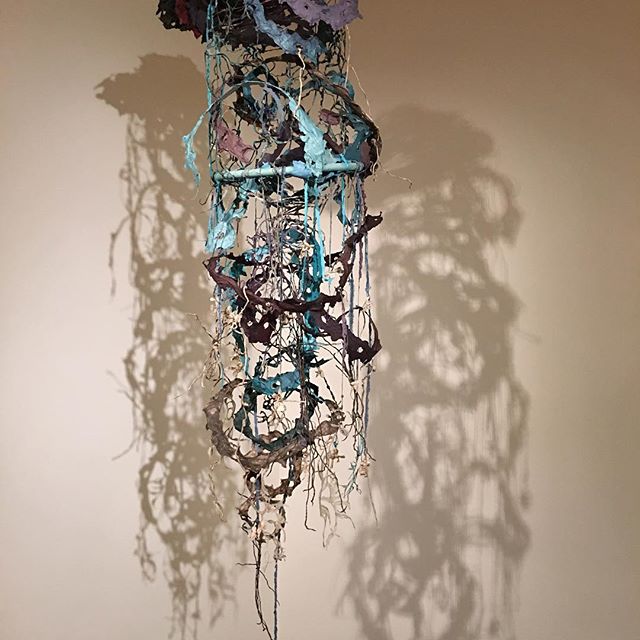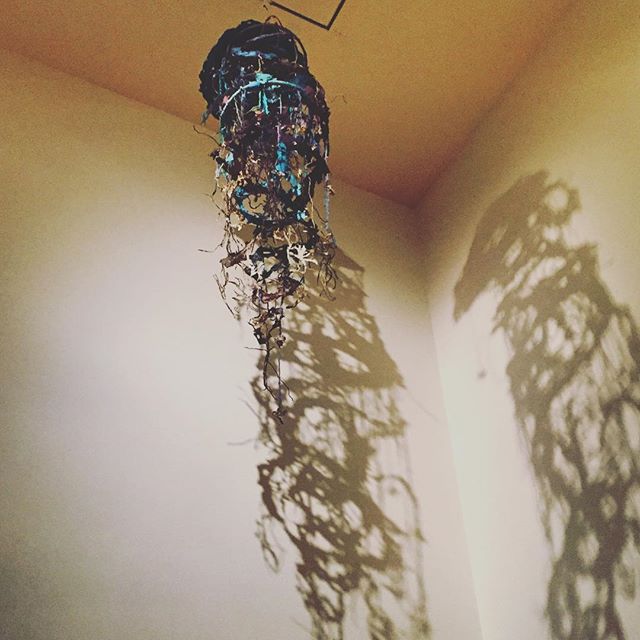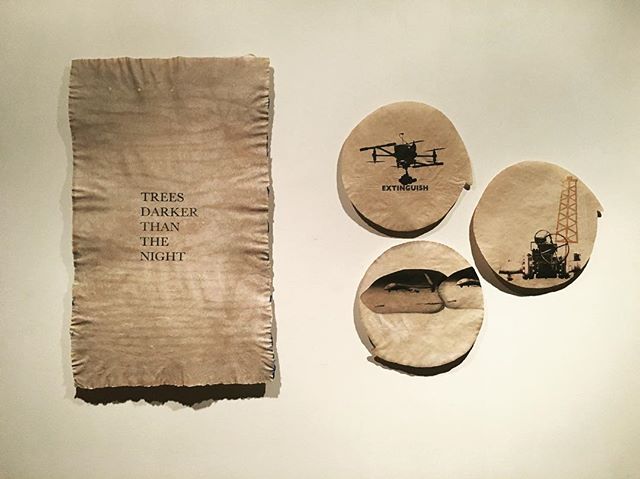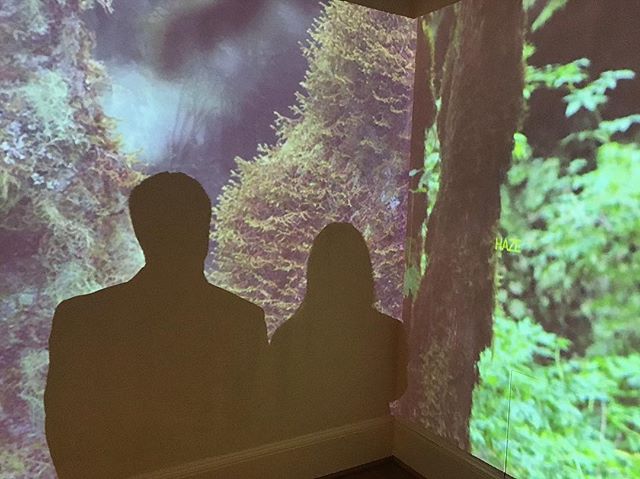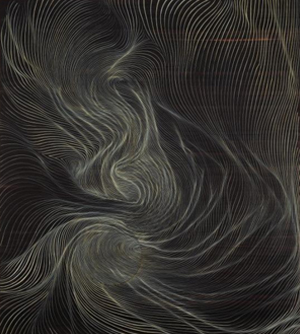This month’s ArtGrams focuses on visitor photos of Helen Frederick’s Intersections installation Acts of Silence. The exhibition responds to works by Morris Graves from the Phillips’s permanent collection and addresses the endangerment and degradation of the environment.
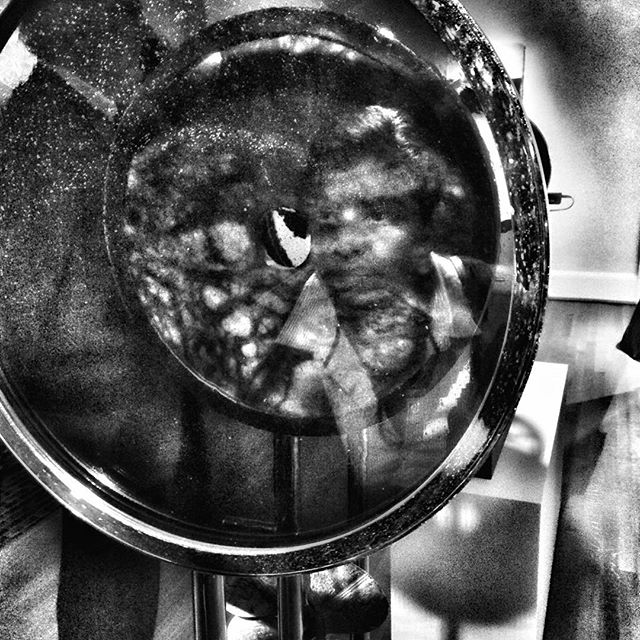
From Instagrammer @iambanafsheh: “Making my own art with the art pieces & my muse, @mharnal.” Reflection off of Morris Graves’s “Weather Prediction Instruments for Meteorologists,” installed in Acts of Silence

Instagrammer @miadesi took this picture of Frederick’s “Trees Darker Than the Night” (2015) at February’s Phillips after 5

Profile of @daenerjess_targaryen in Frederick’s “Acts of Silence” video and sound installation, for which the exhibition is named

